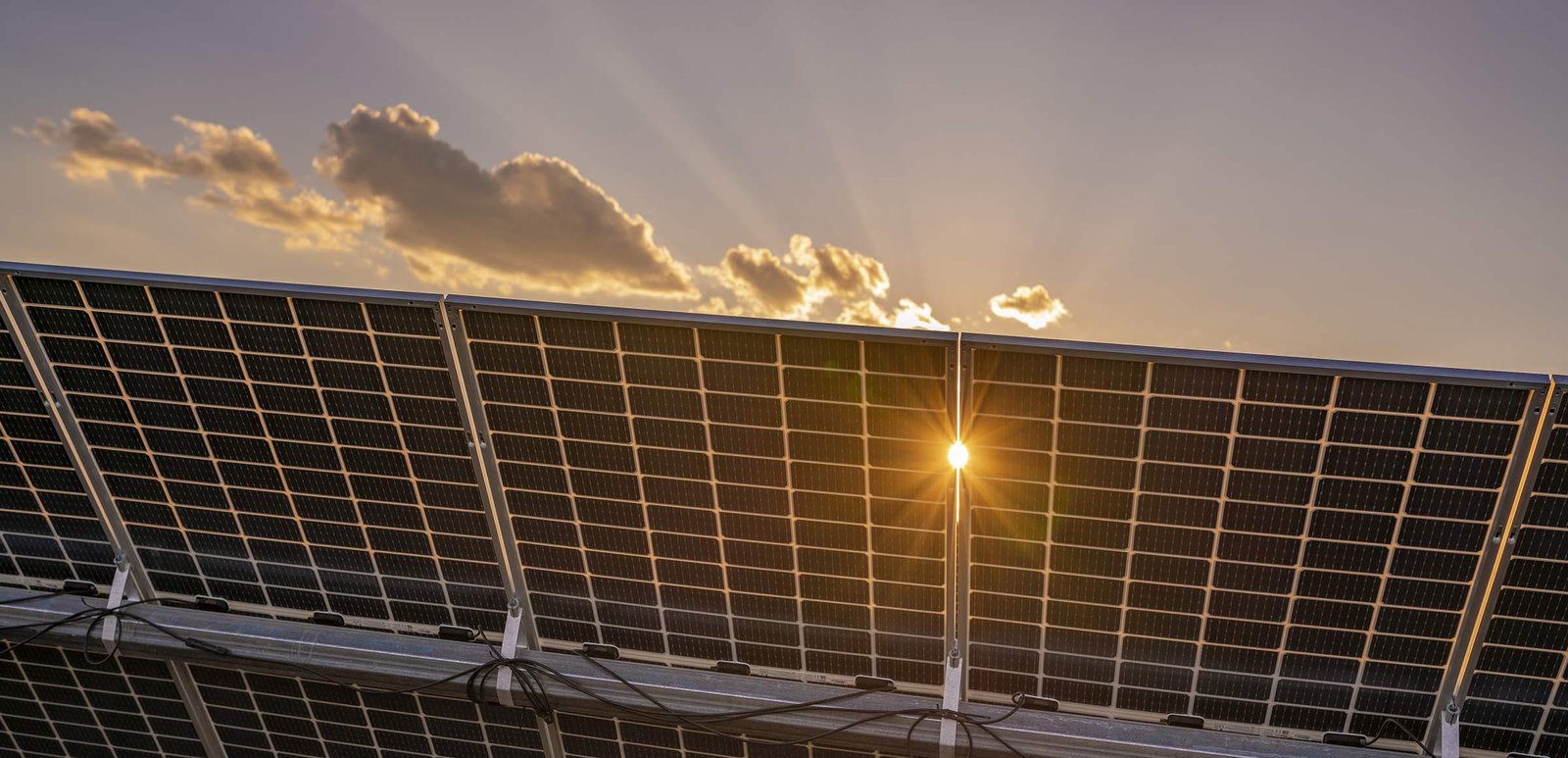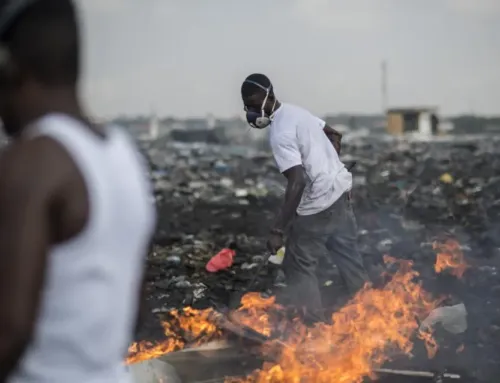As more economies decarbonise and solar power proliferates, renewable energy purchasers and developers must consider the supply chain behind photovoltaic panels and what happens to them once they are decommissioned.
The use of photovoltaics (PV) has grown at an unprecedented pace since the early 2000s. By the end of 2018, PV plants were responsible for around 480 GW of installed capacity worldwide and are expected to reach a global capacity of 2,840 GW by 2030 and 8,519 GW by 2050, according to the International Renewable Energy Agency (IRENA).
As the global PV market increases, so will the volume of decommissioned PV panels. Considering that the average life cycle of a solar panel is around 30 years, large quantities of electronic waste are expected to be generated starting in 2030. By 2050, PV modules will account for an estimated 10 per cent of global electronic waste.
This highlights why the sustainability impact of solar PV projects extends beyond generating clean energy. Environmental and social aspects of manufacturing and disposing of PV hardware cannot be overlooked. Building more wind and solar plants is not enough; these facilities must implement best practices that create additional benefits for the environmental and social ecosystems that surround them, in line with the 17 United Nations Sustainable Development Goals (SDGs).
To address these challenges, companies like SolarLoop are focusing on embedding sustainability and circular economy principles into the purchase and design of solar power installations.
For example, SolarLoop requires that all its modules be certified in terms of end-of-life recyclability by a third-party Environmental Product Declaration (EPD). The inverters it purchases must also come with sustainability certifications under ISO 14064 (emissions) and ISO 14067 (carbon footprint).
Another valuable resource for purchasers is the Green Electronics Council’s EPEAT ecolabel, which identifies products meeting lifecycle-based sustainability performance criteria for PV modules and inverters. These criteria address multiple issues, including product materials and sourcing, energy and water use in manufacturing, social performance in the supply chain, and responsible end-of-life recycling.
A circular solar panel supply chain
Purchasing certified products alone is not enough; the solar panel supply chain must be considered from a circular economy perspective. Recycling and reusing currently installed panels is essential. These panels must be recovered at the end of their life cycle in ways that maximise value. Responsible recycling of early-loss or end-of-life PV modules can reduce waste and inject valuable raw materials, such as glass, aluminium, silver, and copper, back into the economy.
New PV panels must also incorporate circular design principles. This involves keeping their end-of-life in mind during the design phase to facilitate repairs and extend their lifespan. Key design considerations include modularity, disassembly, standardisation, and material choices, such as using biological or recycled materials.
Responsible end-of-life management is critical to reclaim valuable resources, contribute to a circular economy, and ensure that today’s clean energy plants do not become tomorrow’s waste burden.
Committing to a sustainable solar industry
SolarLoop is strongly committed to the development of a sustainable solar industry through innovative circular technologies. The company is pursuing a two-pronged approach: reusing decommissioned PV modules and recycling PV end-of-life products.
For example, SolarLoop is a key participant in PHOTORAMA, a European Union project aimed at establishing a profitable and sustainable circular value chain for a carbon-neutral PV industry. The initiative focuses on developing efficient, cost-effective, and environmentally friendly technologies to recycle PV end-of-life products and recover over 95 per cent of secondary raw materials for reintegration into the PV manufacturing value chain.
In Latin America, SolarLoop is actively involved in the PV Module Second Life project supported by the Chilean Economic Development Agency (CORFO). This initiative is focused on developing and validating testing protocols for PV modules withdrawn from operations before their end-of-life, with the goal of reusing them in various scenarios. The project seeks to demonstrate the technical and economic feasibility of redirecting decommissioned modules to the secondary market, forming the foundation of a circular economy approach.
The upside: a vast new market
End-of-life management for PV panels can spawn new industries, creating jobs in both the public and private sectors while generating significant economic value. If handled correctly, the environmental challenges posed by the solar panel supply chain can turn into a massive economic opportunity. Responsible recycling of PV panels has the potential to generate raw material to create two billion new panels by 2050.
Recycling or repurposing solar PV panels at the end of their roughly 30-year lifetime can unlock an estimated stock of 78 million tonnes of raw materials and other valuable components globally by 2050. Injecting these materials back into the economy could result in recovered materials valued at over AUD 23 billion by 2050.
The PV recycling sector is poised to play a vital role in the global transition to a sustainable, economically viable, and renewables-based energy future.
Link to article: https://www.enelgreenpower.com/stories/articles/2021/07/sustainable-solar-panels


